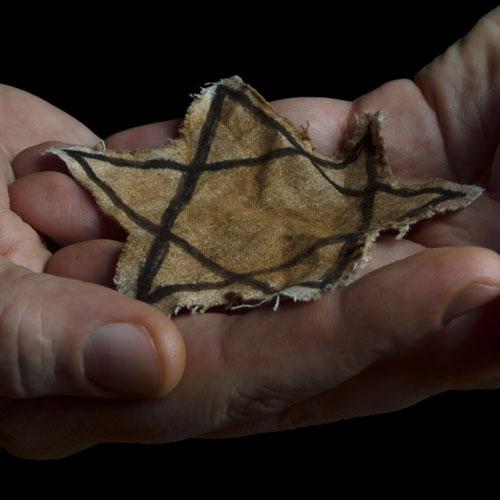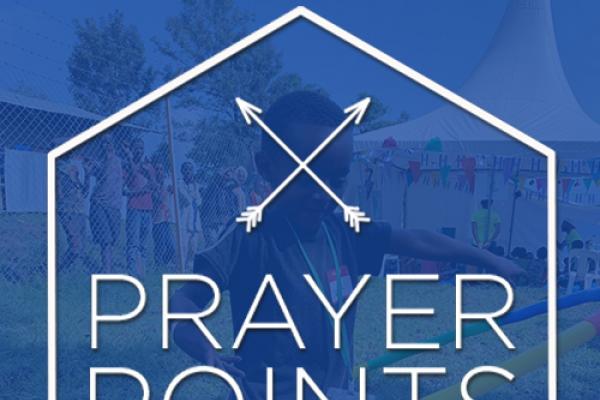
Holding what meager possessions he’d been allowed to carry with him, Bart Stern adjusted to having just been shoved inside a small railroad car for cattle. It was the summer of 1944 in Hungary, and Bart was just 17 years old. He and his three brothers sang songs to lift their spirits as they watched more people herded inside the small car. They must have wondered how things had deteriorated to this.
Eleven years earlier, in 1933, Adolf Hitler had been appointed Chancellor of Germany and began his attack on Jewish people. The first five months of his chancellery saw:
* Nationwide boycotts of Jewish businesses
* Expulsion of Jewish people from civil, state and university employment
* Book burnings of works by Jewish authors
* Citizenship of Jewish immigrants and Gypsies revoked
When he gained full control of Germany as Fuhrer in 1934, Hitler’s assault on the Jewish people grew more intense. The next five years brought:
* Nuremberg Laws that made Jewish people second-class citizens
* Outlawed intermarriage between Jewish and Aryan people
* Barring of Jewish doctors from practicing medicine in German hospitals
* Revocation of Jewish voting rights
* The first concentration camp, Buchenwald, soon followed by many more
* Requirements for Jewish people to register all of their property with the state
* Forced surrender of Jewish drivers’ licenses and car registrations
* The expulsion of thousands of Polish Jews
* The organized pogrom known as Kristallnacht
Prior to new legislation against the Jewish people, “propaganda campaigns created an atmosphere tolerant of violence against Jews” and encouraged passivity (U.S. Holocaust Memorial Museum). The Nazi government’s “Ministry of Public Enlightenment and Propaganda” used all forms of media to convey their message – including art, music, books, theater, films, educational materials, radio and the press.
With every passing year, Hitler’s territory expanded, and the Holocaust grew more vile. Jewish people were required to wear yellow Stars of David to identify them as targets of the growing, irrational hatred. They were kicked out of their homes so others could move in and claim their possessions. Jews were placed in ghettos ‒ secured city areas that were vastly overcrowded and often without sanitation, electricity or heat.
More and more Jewish people and those who attempted to help them were rounded up and taken to concentration camps. In the camps, the worst impulses of the human race had free expression. If a deportee wasn’t executed immediately upon arrival, life in the camps consisted of slave labor, starvation, torture, freezing temperatures, cruel medical experiments, and brutalities beyond comprehension.
Before Bart, the Hungarian teenager had been forced into that cattle car, he had first been forced into a ghetto. After the German occupation of Hungary in the spring of 1944, the Nazis had cordoned off a section of Bart’s home town and moved its Jewish people there. After a few months in the holding area, officers herded Bart and his brothers, along with the other ghetto residents onto trucks. They drove them to the railroad station where they pushed them into cattle cars.
As Bart stood among 50 or 60 others in the small railway car, he expected the doors to close since the car was quite full. But 20‒30 more people were quickly shoved inside. Still, the train did not move. Finally, with about 130 people crammed into that small space, the doors closed. Families were separated, and Bart and the others were sealed inside for a deplorable three-day journey – to Auschwitz-Birkenau.
People in the car tried to help the elderly who could not stand find room to sit down. But there was no space for that. As it became apparent the journey would last more than a few hours, people began sharing what meager food they had. As time dragged on, the situation inside the car became even more unbearable.
“The stench got worse every minute,” Bart shared in testimony he gave to the United States Holocaust Memorial Museum. Within the crowd, people were sick. Several suffered heart attacks and died. Some took their own lives.
After their arrival, Bart and his brothers survived the “selection” process and were sent to work instead of to the gas chambers, as many others were. Soon, soldiers marched them – through a driving rain – from the Birkenau camp to Auschwitz proper, where the brothers were then separated. Bart spent the next several months doing whatever was necessary to survive the nightmare of Auschwitz.
In early January of 1945, news reached officials that the Russians were advancing toward the camp. Nazi officers tried to preserve their labor force by moving the able-bodied prisoners out of their path. When the round-up began, Bart hid inside a wooden box in a small storage cabin attached to his barracks. A searching officer entered the cabin and kicked at the box. But Bart weighed so little by then that the box moved, convincing the officer it was empty.
When Bart emerged from hiding, he discovered that everyone from his barracks had been evacuated. Those left behind in the camp wouldn’t let him into their quarters. During the day, he roamed the mostly vacant camp. But at night, he was so afraid the Germans would return, that he hid in the only place he thought safe – among the dead. The crematoriums had not been operating for some time, which left a gruesome pile of bodies. Bart crawled in among the forgotten dead, and there he survived.
On January 27, 1945, Bart was among the first prisoners of Auschwitz to be liberated by Russian troops.
Sixty years later, in 2005, the United Nations decreed January 27th an international day of commemoration for victims of the Holocaust. In the declaration, they “urged Member States to develop educational programs to instill the memory of the tragedy in future generations to prevent genocide from occurring again.”
Today, we remember. We honor the millions who died and suffered during the Holocaust. We tell their stories to ensure that it never happens again.
Bart’s story is found in a collection of testimonies he gave to the United States Holocaust Memorial Museum. Details for this blog post were taken from a short clip and a longer video.












